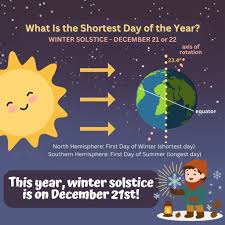Understanding the Blood Moon: Significance and Occurrences

Introduction
The blood moon, a captivating astronomical phenomenon, refers to a total lunar eclipse where the moon appears to take on a reddish hue. This occurrence has intrigued cultures throughout history, often associated with various myths and legends. As interest in astronomy continues to grow among the general public, understanding the blood moon’s significance in both science and culture remains essential.
What Causes a Blood Moon?
A blood moon occurs during a total lunar eclipse when the Earth moves directly between the sun and the moon. As sunlight passes through the Earth’s atmosphere, it is scattered, allowing the longer red wavelengths of light to fall onto the moon’s surface. This process creates the characteristic reddish appearance, which can vary in intensity depending on atmospheric conditions.
Upcoming Blood Moon Events
According to astronomical forecasts, the next blood moon will take place on November 8, 2022. This event is expected to be visible across North America, parts of South America, Asia, and Australia. Enthusiasts and astronomers alike are preparing for this celestial spectacle, which offers a unique opportunity for observation and photography.
Cultural Significance
Throughout history, blood moons have been shrouded in folklore. Various cultures have viewed the event with a mix of wonder and superstition, often believing it signified impending change or even a warning of disaster. In some Native American cultures, the blood moon is considered a time for reflection and new beginnings. Today, it continues to inspire wonder and curiosity about the cosmos.
Scientific Relevance
For scientists, blood moons provide valuable opportunities to study the Earth’s atmosphere and its affect on light. Examining the colour and brightness of the eclipsed moon can yield insights into atmospheric conditions on Earth. This data can be crucial for understanding climate change and other environmental factors.
Conclusion
The blood moon serves not only as a remarkable celestial event but also as a bridge between science and culture. As the next occurrence approaches, it presents an invaluable chance for education and exploration. Whether one is an avid astronomer or a casual observer, watching the blood moon can remind us of our place in the universe and the phenomena that connect us all.









